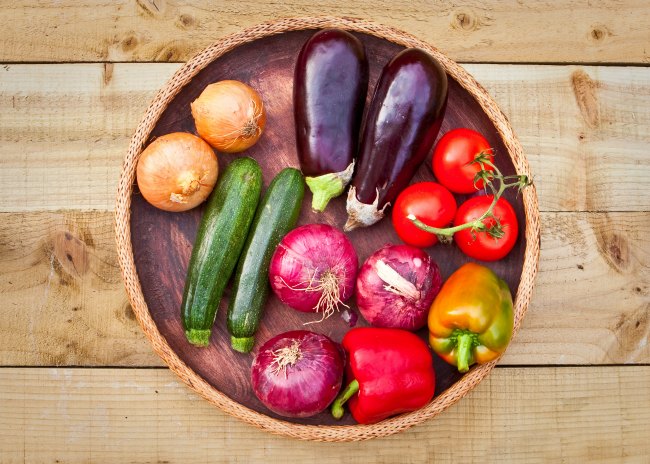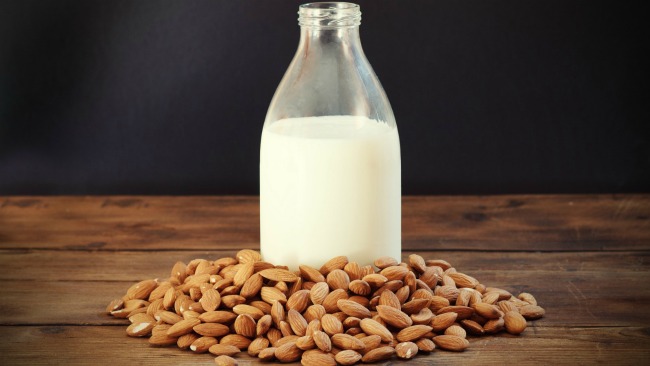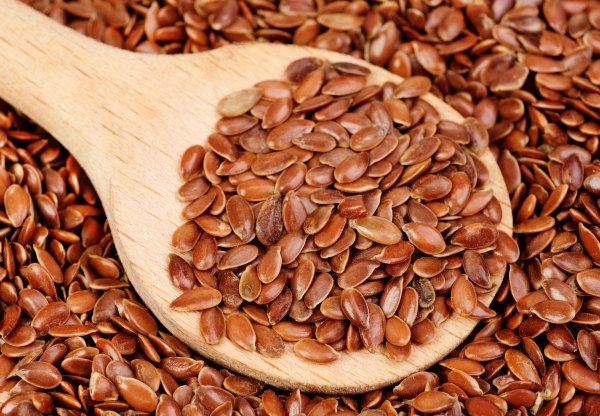

Out of all the articles I’ve published, the one that generated the most controversy – by far – was the one on low-carb versus low-fat on weight loss.
No one could agree on the healthiest diet, whether or not you should eat meat, or even details such as how much avocados you can eat, if at all, to achieve optimal health.
One thing people could agree on, however, is that eating less meat is beneficial to the environment and can reverse cancer and diseases.
So I decided to jump back into the well of controversy once again, this time focusing on how to break old habits and eat less meat.
While I personally do not include animal protein in my diet, I understand that quite a few of you do consume meat, and perhaps are thinking of ways to cut down your meat consumption.
So I’ve invited Katie Mate, a plant-based nutritionist and culinary instructor at the TrueNorth Health Center, and Dr. McDougall’s Health and Medical centre, two leading locations for lifestyle medicine in the world, again to discuss the following:
- 4 easy strategies to eat less meat
- The healthiest meat you can eat (bear in mind our interviewee here still prefers plant-based foods to meat)
- Why you’d want to eventually replace fish with plant-based fat sources such as flaxseeds and chia seeds

Q: For people who still consume meat in their diet, how would you suggest them to slowly cut down meat and then perhaps transition into a vegan, SOS-free one if they choose?
Katie Mae: I think that the meat isn’t really the most important thing to eliminate first. If you’re looking to do a healthier, plant-based diet, I think you may want to adopt the following strategies:
#1: Eliminate dairy from your diet
You can replace dairy with plant-based nut milk such as almond milk.

#2: Limit your portion of meat
Once a day, have your meat and make it a small portion, like four ounces.
You want to base the meal around the vegetables so you’re getting all of the vital nutrients, minerals, and vitamins from the vegetables.
You know, you don’t get phytonutrients or fibre from the meat. So, not only is it about eliminating the meat, reducing it, but it’s also about adding in all those nutrients you get from the vegetables, grains and the legumes.
#3: Add legumes in your diet

So we actually know that the healthiest people in the world, people that live to be thin and active centenarians, living to over 100, all had legumes in their diet, which are beans, lentils and peas.
And generally people add legumes in their diet when they’re trying to replace the meat with plant-based foods.
So if you can start making two out of three meals in your day legumes rather than the meat, then you’re going to be so much better off.
You’ll notice the difference in your health and then you can start to reduce the meat from there.
So, I recommend if you’re going to eat meat, eat it no more than a few times a week.
And it would much better for our planet if everyone could do two to three times or less per week.
#4: Choose sustainable seafood whenever having animal flesh, and gradually do less and less

If you’re going to eat meat, choosing fish would be the best option because fish has all these omega-3 fats that we really want for our brain, heart, and skin health, and also iodine, which is very important for thyroid health and much more.
However, eventually you’d want to get those fats from flax seeds and chia seeds because fish is a leading source of mercury.
You can also get the omega-3s and iodine directly from the seaweed.
You can even take an EPA/DHA (omega-3) supplement, but make sure it’s an algae-based supplement and not a fish oil supplement.

In the next part, we’ll be addressing the following:
- How to eat out healthily without alienating your family and friends
- Three tasty and simple methods to do sauté your vegetables without oil
For the full podcast and last part of our series with Katie, stay tuned HERE!
About Katie Mae: Katie is a plant-based nutritionist and culinary instructor at the TrueNorth Health Center, and Dr. McDougall’s Health and Medical Center, two leading locations for lifestyle medicine in the world. You can visit her website here.


